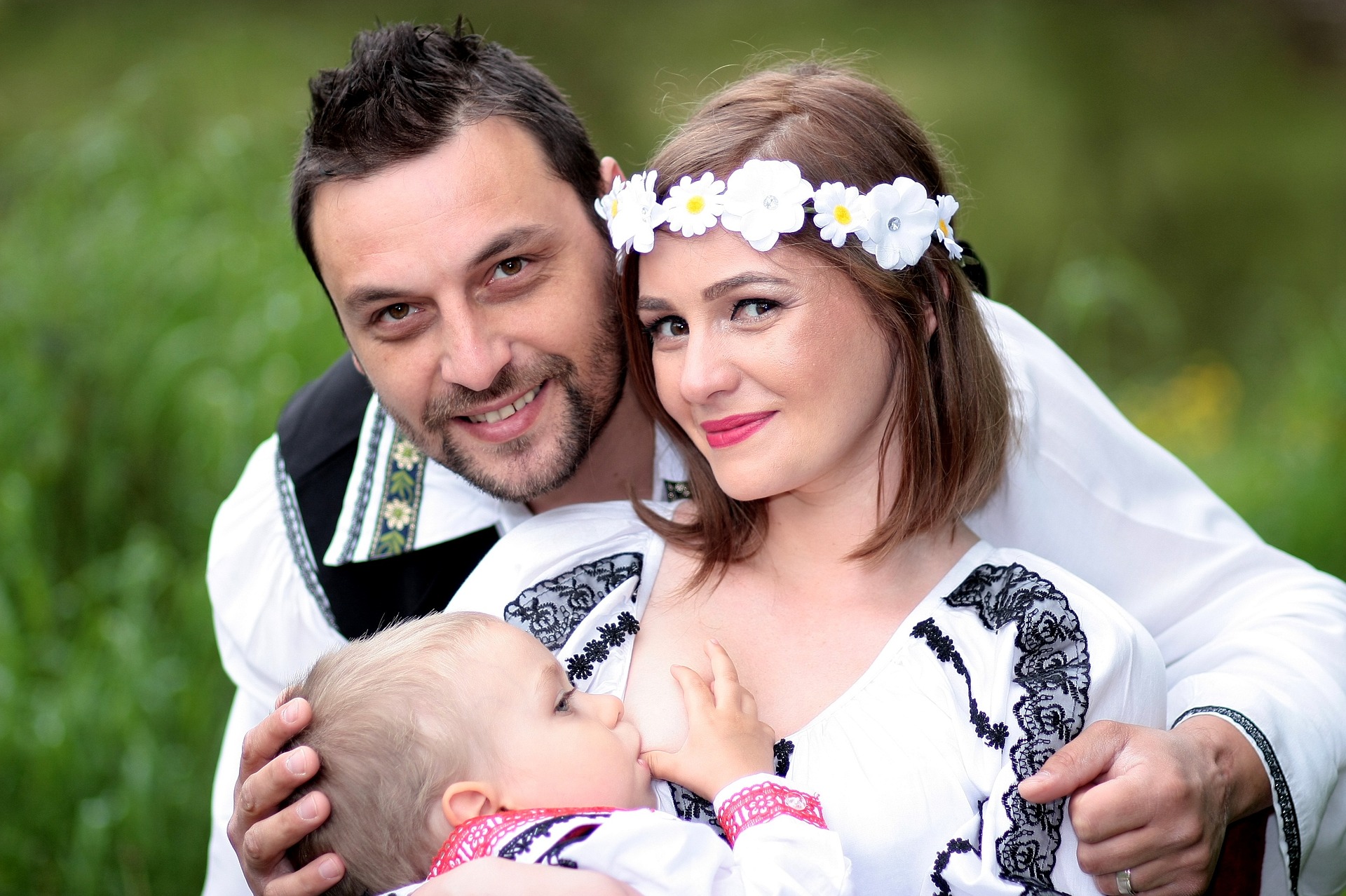 Dr Dhruv Chaturvedi, Senior Consultant – Neurosurgery, Vimhans Nayati Super Speciality Hospital, New Delhi
Dr Dhruv Chaturvedi, Senior Consultant – Neurosurgery, Vimhans Nayati Super Speciality Hospital, New Delhi
Tumour is an uncontrolled growth of group of cells. One of the most challenging and complex tumours are brain tumours.
Today, the cases of brain tumour are no longer uncommon. There has been an increasing incidence of brain tumors cases in India over with around 40,000 – 50,000 cases diagnosed every year. However, it is important to understand that many brain tumors can be treated and on numerous occasions multi modalities may be used to do the same – surgery, radiation and chemotherapy
Early detection makes treatment and surgery more effective, and presents better outcomes, it is important to understand and identify its early symptoms. Signs of brain tumours usually include unusual headaches, nausea and vomiting; blindness, facial paralysis, motor disease and sleep disturbance etc.
Myths and misconceptions about the disease often stop from people from getting diagnosed and prevent early care. Here are of common myths associated with Brain Tumors:
Myth: All brain tumours are the same
There over 120 types of brain tumours. Brain tumours are characterized based on the size, location, cell of origin, and grade of tumours.
Myth: Everyone suffering from brain tumours have the same symptoms
Although there are some common symptoms, not all individuals have the same signs. Every patient diagnosed with a brain tumour will have diverse symptoms and their individual journey leading to diagnosis.
While some do not show symptoms that would indicate a tumour, others may showcase signs that become worse with time. Other still may experience a sudden onset of symptoms, such as a seizure which leads to a quick and unexpected tumour diagnosis.
Myth: All brain tumours are cancerous
Not all brain tumours are cancerous. Some tumours are benign, which means they do not spread to other organs or damage surrounding cells or tissues, whereas others can be cancerous in nature. Brain tumours can be benign or cancerous and are classified and named depending on the type of cells involved.
Myth: Only old people get Brain Tumours
Tumours can occur at any age. Brain tumor like Craniopharyngioma, Germinoma. are more common in younger adults. Children can also develop brain tumors like medulloblastoma, ependymoma, etc. Brain Tumours like Menigiomas are more common in women aged between 30-50 years. Most lethal malignant brain tumours like Glioblastoma mutiformae can occur in adolescents and at an old age.
Myth: Lifestyle modification can prevent Brain Tumours
Lifestyle changes cannot prevent Brain Tumours. However, they are good for an overall health of an individual. Daily exercise, balanced diet including high fibre content and avoidance of smoking, tobacco chewing and alcohol consumption are good for health.
Myth: Brain tumours run in the family
Some may think if no one in the family has cancer, then we have no risk of the tumour. Mutations inherited from parents cause only about 5 to 10% of tumours, but the remaining 90 to 95% of cancer is caused by mutations that occur during a person’s life.
Myth: Exposure to electromagnetic fields cause Brain Tumours
Most studies evaluating the role of electromagnetic fields, such as energy from power lines or from cell phone use, show no link to an increased risk of developing a brain tumour However, it is advisable to limit cell phone usage both adults and children.
Myth: After patient completes treatment, life gets back to normal
When benign tumours are removed surgically, they rarely recur, except for some cases where they can occur after 10 to 15 years. Routine follow-up care is needed to rule out recurrences of the tumour. One has to modify life accordingly and follow the surgeon’s advice. The cancerous tumours may recur and present a challenge to the patient and the doctor.
Today, with the advances in diagnosis and treatment, even the most malignant brain tumour patients can survive and live for years. However, it is important to remember that early diagnosis and proper treatment provides better results.











